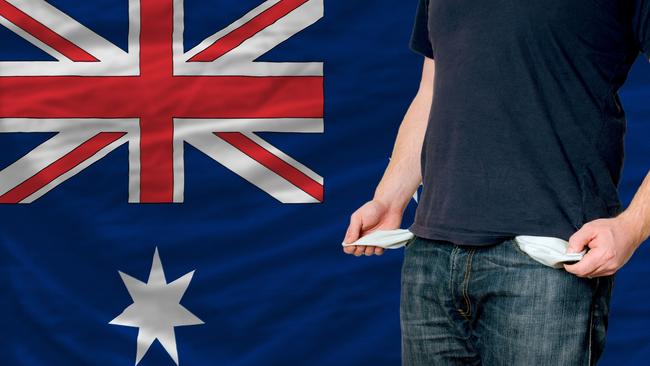
When I first started characterising the budgets of the three eastern states back in the 1980s, along with the underlying economic policies and performances of their governments, it was easy and clear-cut.
Running north to south, it was a straightforward and pretty undeniable case of the Good, the Bad and the Ugly.
Queensland, on an entirely bipartisan basis, Labor and Coalition governments alike, not only fully-funded public sector super, the only state that did, but also ran budget surpluses – all thanks to the iron hand of long-term (living) legend treasury secretary Sir Leo Hielscher.
NSW was the Bad one, and was so, again, on an entirely bipartisan basis. Both Labor and Coalition NSW governments were equally happy to splurge the fiscal fruits of Sydney’s financial dominance.
That left the Ugly one, Victoria.
Under the Cain-Kirner Labor Governments, Victoria’s budgets were mired in deficit and its public debt exploded.
True, this was all ‘helped’ by 18 per cent interest rates and Paul Keating’s recession which, whether or not we had to have it, certainly nailed Victoria big time. It also ‘gave’ the state Jeff Kennett and its last Liberal government.
Now NSW and Queensland have swapped places; NSW will confirm that next Tuesday.
Queensland’s now the Bad, having squandered Sir Leo’s legacy. Tuesday, it showed its budget will stay in deficit through 2024-25.
OK, it claimed it would be back to a $153m surplus that year. But that’s fiscal fantasising - $153m in a budget that spends $70,000m isn’t even a rounding error.
Getting to balance depends on Queensland suddenly clamping an iron grip on costs – on the numbers of public servants and their pay rises.
Oh, sure. Believe that, and I’ve got a vaccine to sell you, cheap.
Queensland’s net debt goes out to $42bn – not ‘bad’ in absolute terms, just relative to where it could have been if Sir Leo was still in charge.
Victoria revealed its fiscal ugliness early, straight after Josh Frydenberg’s federal budget might have made red ink look almost chic.
Victoria’s not even pretending to get back into the black by 2024-25. It admits a deficit still of $2.1bn.
By then the state’s net debt will have exploded to $156bn. Sort of makes Queensland’s $42bn look almost parsimonious.
In its mid-year budget update, NSW forecast the budget pretty much back to balance by 2023-24 – a year ahead of Queensland – with net debt topping out at $97bn.
I’m assuming it will now be predicting a clear-cut surplus in 2023-24; indeed it might even get there in 2022-23.
So NSW’s projected peak net debt could now end closer to half the size of the smaller Victoria’s debt.
Now of course, just as with the federal budget, these are all just forecasts; we shall have to see what actually happens.
But I would be pretty confident of NSW getting back to black and Queensland –if it sincerely wants to be good again – of following a year or two behind.
Victoria is much more problematic.
All these fiscal improvements depend not just on resuming and sustaining some sort of ‘normal’ economic and indeed just ordinary life, but interest rates staying low, so interest payments in the budget stay low.
With $100bn of net debt right now, and rising quickly, Victoria does not want to see interest rates rise as well.
Both NSW and Queensland are on far firmer fiscal footings with their smaller debt levels.
The RBA has promised again to keep rates down near zero into 2024.
But again, we shall have to see whether that’s sustainable. It all ultimately depends on what happens in America.
The Fed is going to give us its version of that RBA promise early Thursday morning. It will bear very close analysis.




Two down – the Bad and the Ugly – and one, the Good one, to go.